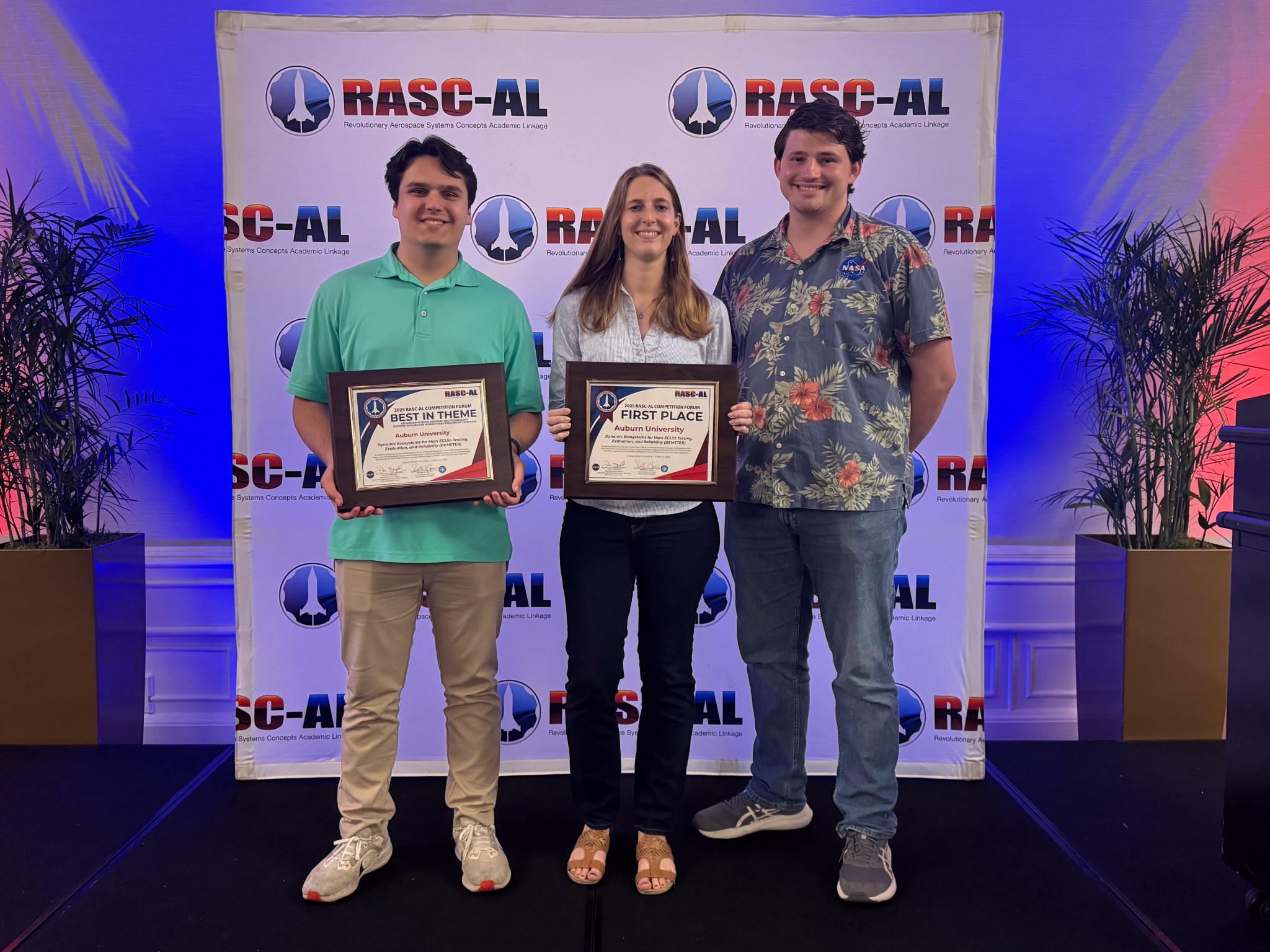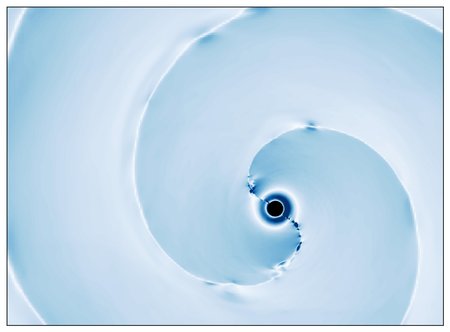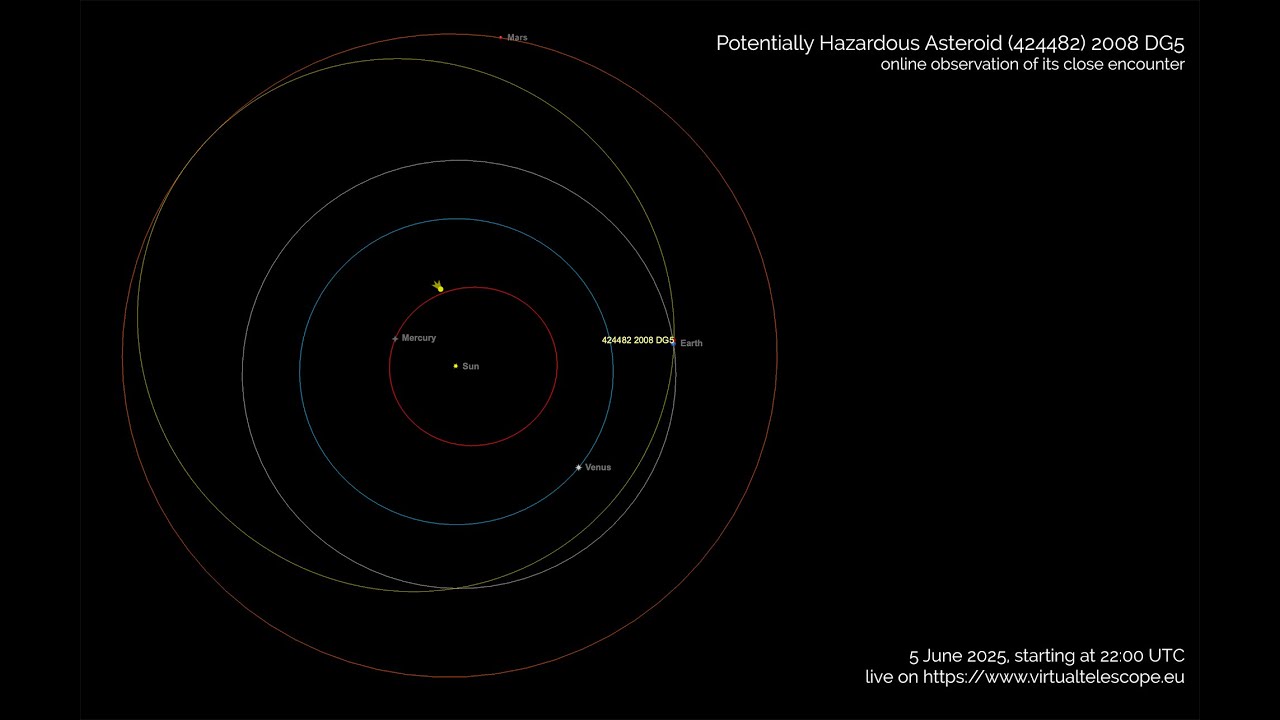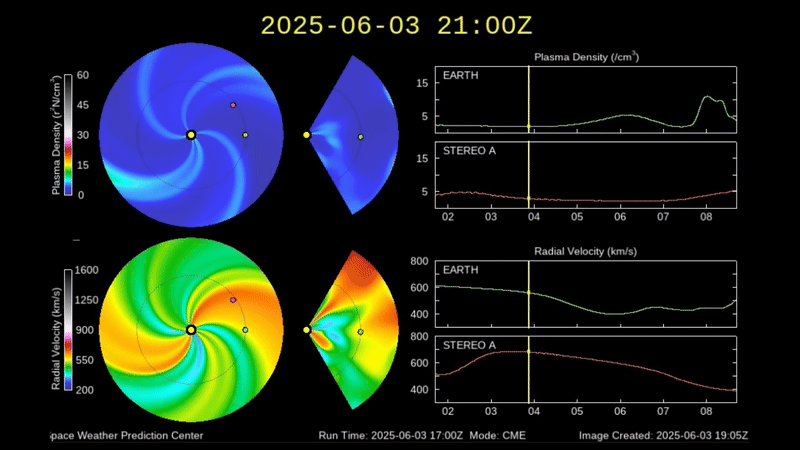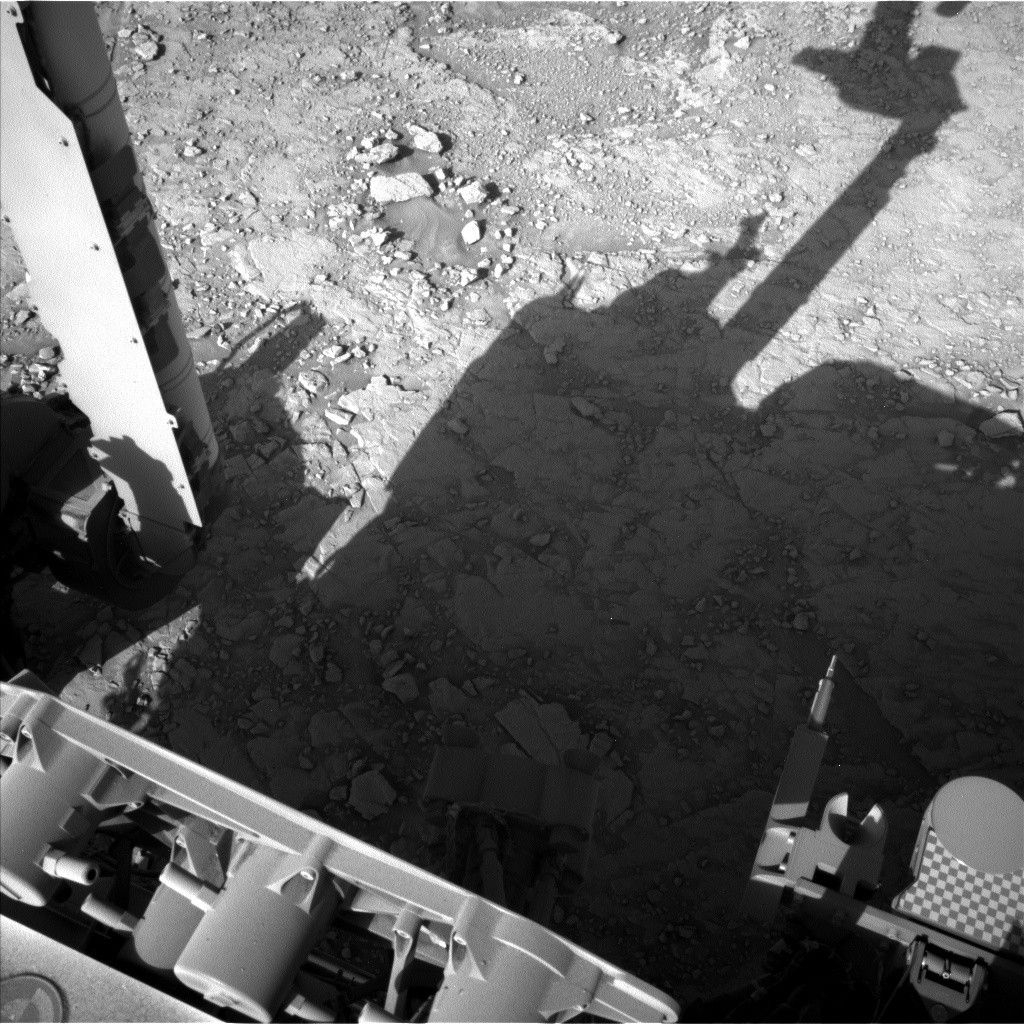Credit: NASA NASA continues to collaborate with global communities to solve complex challenges through crowdsourcing with a series of 25 new NASA Open Innovation Service (NOIS) contracts managed by the agency’s Johnson Space Center in Houston. The contract aims to empower NASA’s workforce by actively engaging the public to find creative solutions to difficult space exploration challenges through rapid experimentation with new methodologies, new technologies, and unique perspectives, ensuring NASA remains at the forefront of innovation while accomplishing its missions. This is the third NOIS contract, managed by NASA’s Center…
Read MoreDay: June 5, 2025
Auburn Team Wins 2025 NASA Moon and Mars Design Competition
4 min read Preparations for Next Moonwalk Simulations Underway (and Underwater) Auburn University’s project, “Dynamic Ecosystems for Mars ECLSS Testing, Evaluation, and Reliability (DEMETER),” won top prize in NASA’s 2025 Revolutionary Aerospace Systems – Academic Linkage (RASC-AL) Competition Forum. National Institute of Aerospace A team from Auburn University took top honors in NASA’s 2025 Revolutionary Aerospace Systems – Academic Linkage (RASC-AL) Competition Forum, where undergraduate and graduate teams competed to develop new concepts for operating on the Moon, Mars and beyond. Auburn’s project, “Dynamic Ecosystems for Mars Environmental Control and…
Read MoreAstronomers simulate a star’s final moments as it’s swallowed by a black hole: ‘Breaks like an egg’
The universe is full of spectacular and violent events, but few are more dramatic than a black hole tearing apart a star. Now, thanks to advanced computer simulations, scientists have gotten their closest look yet at what this cosmic catastrophe might actually look — and even sound — like. A team of astronomers, led by theoretical astrophysicist Elias Most of the California Institute of Technology (Caltech), modeled the dramatic final milliseconds before a neutron star, the incredibly dense core left behind by a massive stellar explosion, is devoured by a…
Read MoreJack Kaye Retires After a Storied Career at NASA
Jack Kaye [NASA HQ—Associate Director for Research, Earth Science Division (ESD)] has decided to retire on April 30, 2025, following 42 years of service to NASA – see Photo 1. Most recently, Kaye served as associate director for research of the Earth Science Division (ESD) within NASA’s Science Mission Directorate (SMD). In this position, he was responsible for the research and data analysis programs for Earth System Science that addressed the broad spectrum of scientific disciplines from the stratopause to the poles to the oceans. Photo 1. Jack Kaye [NASA HQ—Associate…
Read MoreIn Memoriam: Dr. Stanley Sander
Explore This Section Earth Earth Observer Editor’s Corner Feature Articles Meeting Summaries News Science in the News Calendars In Memoriam Announcements More Archives Conference Schedules Style Guide 3 min read In Memoriam: Dr. Stanley Sander Dr. Stanley Sander dedicated more than five decades to atmospheric science at the Jet Propulsion Laboratory, beginning his JPL career as a graduate research assistant in 1971. A leading figure in atmospheric chemistry, Stan made foundational contributions to our understanding of stratospheric ozone depletion, tropospheric air pollution, and climate science related to greenhouse gases. His…
Read MoreWatch an asteroid the size of an aircraft carrier make a close pass of Earth on June 5
Potentially Hazardous Asteroid (424482) 2008 DG5 close encounter: online observation – 5 June 2025 – YouTube Watch On A potentially hazardous asteroid roughly the size of an aircraft carrier is due to pass within 2.8 million miles (3.5 million km) of Earth on June 5 and you can watch it happen live online. NASA and its partners have been tracking the potentially hazardous asteroid 2008 DG5 ever since its discovery in (you guessed it) 2008 by the Catalina Sky Survey. The Center for Near Earth Object Studies (CNEOS) estimates it…
Read MoreAurora alert: Incoming solar storm could spark auroras as far south as New York and Idaho this weekend
A coronal mass ejection (CME) from a solar filament eruption on June 3 is on its way to Earth and could give aurora chasers a treat. The NOAA Space Weather Prediction Center (SWPC) says Earth could receive a glancing blow from the CME by mid to late June 7 (UTC), while the UK Met Office places the arrival time slightly earlier, on Friday night (UTC). If the CME arrives, it’s expected to stir up geomagnetic activity. Both NOAA SPWPC and the U.K. Met Office predict minor (G1) geomagnetic storm conditions…
Read MoreSols 4559-4560: Drill Campaign — Searching for a Boxwork Bedrock Drill Site
Curiosity Navigation Curiosity Home Mission Overview Where is Curiosity? Mission Updates Science Overview Instruments Highlights Exploration Goals News and Features Multimedia Curiosity Raw Images Images Videos Audio Mosaics More Resources Mars Missions Mars Sample Return Mars Perseverance Rover Mars Curiosity Rover MAVEN Mars Reconnaissance Orbiter Mars Odyssey More Mars Missions Mars Home 3 min read Sols 4559-4560: Drill Campaign — Searching for a Boxwork Bedrock Drill Site NASA’s Mars rover Curiosity acquired this image of a portion of its workspace, full of interesting but not drillable bedrock, using its Left…
Read More
